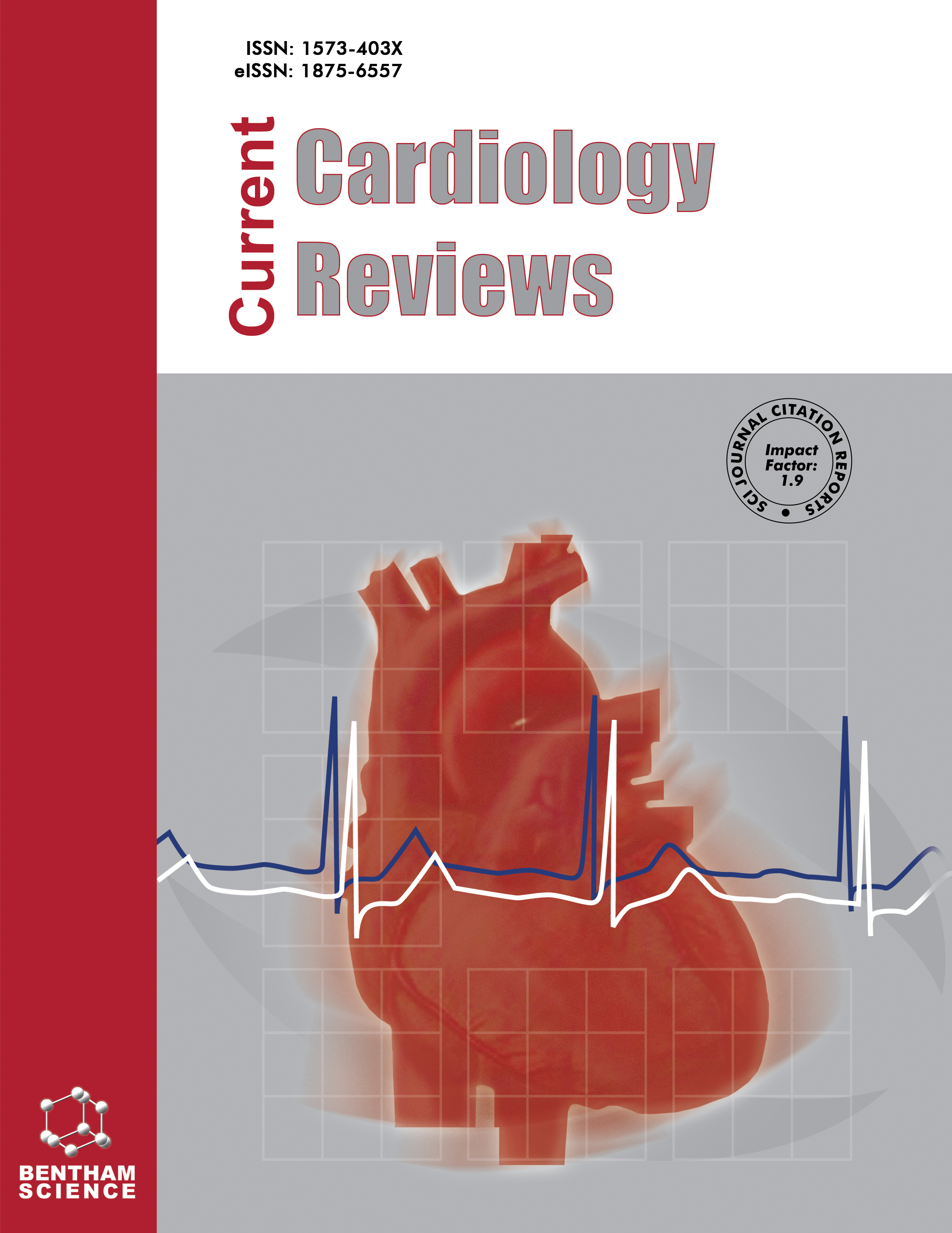
Full text loading...
We use cookies to track usage and preferences.I Understand

Atherosclerosis stands as the primary cause of CVD, characterized by the accumulation of cholesterol deposits within macrophages in medium and large arteries. This deposition promotes the proliferation of specific cell types within the arterial wall, gradually narrowing the vessel lumen and impeding blood flow. Intra-plaque hemorrhages are recognized as critical events in atherosclerotic plaques, leading to the deposition of red blood cells (RBCs) and the release of hemoglobin (Hb). Approximately 40% of high-risk plaques exhibit intra-plaque hemorrhage. Recent studies have demonstrated that intra-plaque hemorrhage is closely linked to plaque progression and increased vulnerability, establishing it as a critical factor in the development of acute clinical symptoms associated with atherosclerosis. The presence of RBC membranes within atherosclerotic plaques contributes significantly to lipid accumulation, indicating a pivotal role in plaque instability. Upon RBC degradation, cholesterol from both the membrane and its interior can profoundly impact atherosclerotic plaque development. Considering that red blood cells (RBCs) can contribute to the excretion of cholesterol through the hepatobiliary system alongside HDL, and given that elevated cholesterol levels are a risk factor for the development and progression of atherosclerotic plaques, RBCs may play a protective role in cardiovascular health. However, when bleeding occurs within a plaque, RBCs that are trapped in the plaque environment, an environment rich in oxidant compounds, can rupture. The cholesterol released from these ruptured RBCs can significantly promote inflammatory reactions. This study aims to explore the inconsistent role of RBCs and their cholesterol content in the progression of atherosclerotic plaques.

Article metrics loading...

Full text loading...
References
